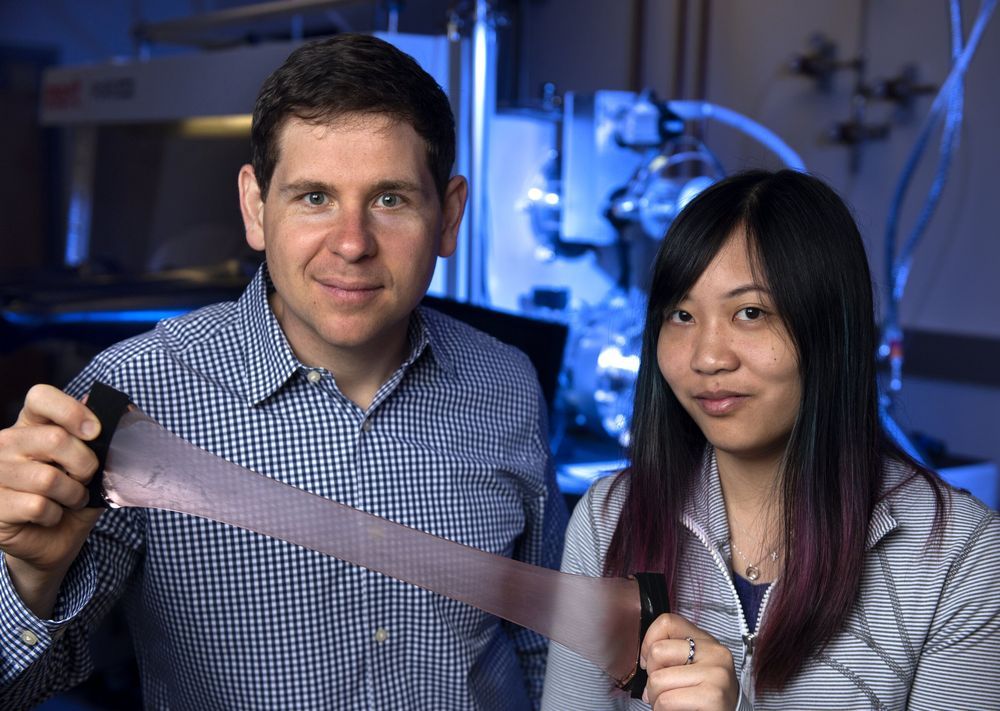A drug commonly used to treat multiple sclerosis may, after necessary modifications, one day be used to treat patients with epilepsy, researchers in Prof. Inna Slutsky’s lab at the Sackler Faculty of Medicine and Sagol School of Neuroscience at Tel Aviv University have discovered.
This is good news for patients with Dravet syndrome, one of the most dangerous forms of childhood epilepsy, for which there is currently no effective treatment.
According to a new study published on April 29 in Neuron, Tel Aviv University researchers uncovered a piece of a puzzle that has eluded scientists for 100 years of studying homeostasis: What is the mechanism that maintains activity set points in neural circuits?








